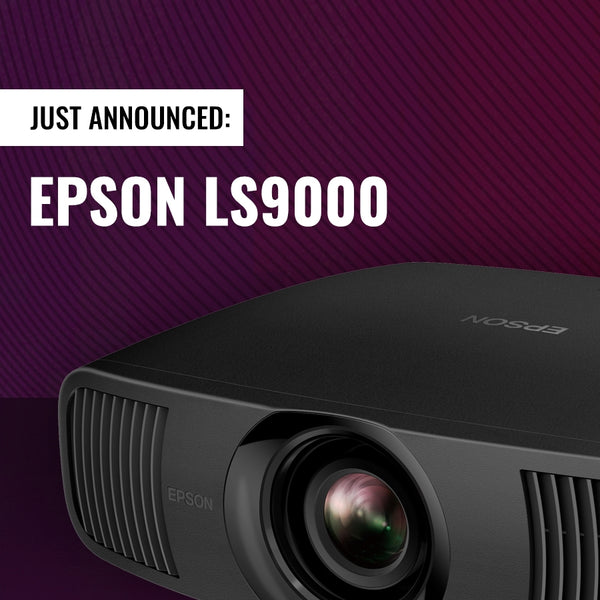Expert Insights

- New Products
Explore Insights
Need help? Have questions? Talk with an expert
Need help? Have questions? Talk with an expert
0% APR financing available
Call an expert. Call 888-392-4814
Our team of experts is ready to help you find the best solution.
Our team of experts is ready to help you find the best solution.

Need help? Have questions? Talk with an expert
Need help? Have questions? Talk with an expert
Sign up for announcements, updates, and exclusive offers.
